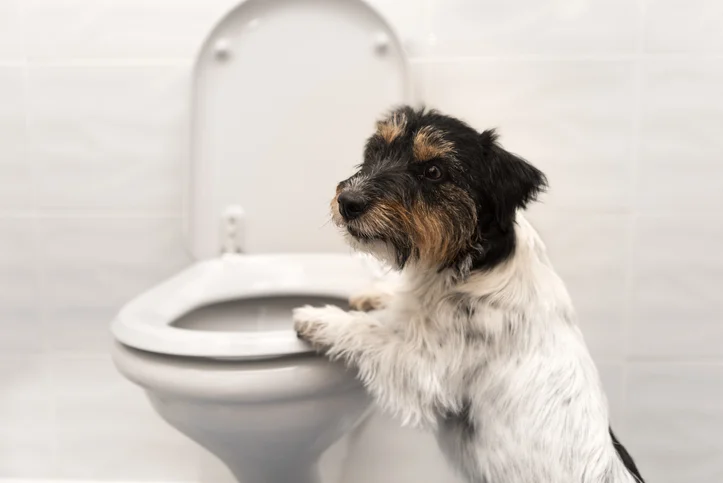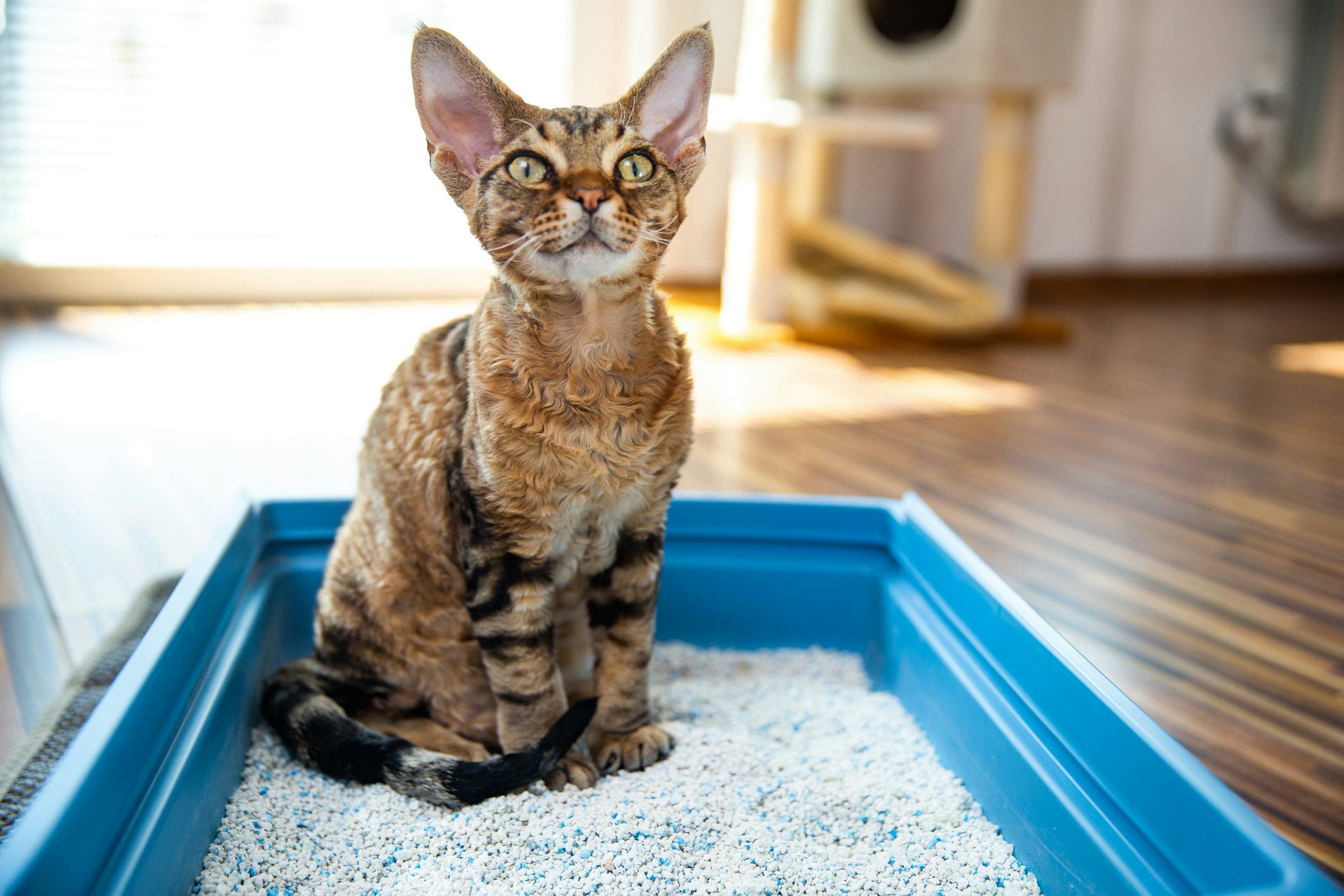Are you currently looking for answers concerning 10 Things You Should Never Flush Down The Toilet?

When it comes to getting rid of waste, particularly animal waste, lots of people frequently consider the practical alternative of flushing it down the commode. Nevertheless, this seemingly easy solution can have significant consequences for the environment and public health. In this post, we'll explore why flushing pet waste down the toilet is a negative concept and supply alternate methods for appropriate disposal.
Introduction
Proper waste disposal is important for keeping environmental sustainability and public health. While it might appear safe to purge animal waste down the commode, it can bring about numerous concerns, both for the environment and human health.
Threats of flushing pet waste
Environmental impact
Purging pet waste introduces hazardous germs and pathogens into rivers, which can negatively influence aquatic ecosystems. These microorganisms can contaminate water resources and harm marine life, interfering with fragile communities.
Public health problems
Animal waste includes dangerous germs such as E. coli and Salmonella, which can present severe health dangers to people. Flushing animal waste down the bathroom can pollute water materials, bring about the spread of diseases and infections.
Alternatives to flushing
Instead of flushing animal waste down the bathroom, there are numerous different disposal approaches that are extra eco-friendly and sanitary.
Composting
Composting animal waste is a green means to dispose of it. By composting, organic matter is broken down right into nutrient-rich dirt, which can be utilized to fertilize yards and plants.
Land fill disposal
Taking care of animal waste in a land fill is an additional choice. While not as environmentally friendly as composting, it is a more secure option to flushing, as it prevents read more the contamination of water resources.
Pet garbage disposal systems
There are specific pet dog garbage disposal systems available that securely and hygienically deal with pet waste. These systems often utilize enzymes to break down waste and remove odors.
Steps to correct animal waste disposal
To ensure appropriate disposal of pet waste, adhere to these actions:
Scooping and bagging waste
On a regular basis scoop and bag pet waste making use of naturally degradable bags. This stops waste from infecting the setting.
Making use of designated waste bins
Dispose of bagged animal waste in assigned waste bins, such as compost bins or garbage dump containers. Prevent flushing it down the bathroom in all costs.
Cleansing can and family pet locations routinely
Consistently tidy litter boxes and pet areas to avoid the accumulation of waste and germs. Use pet-safe cleaning items to preserve hygiene.
Benefits of proper disposal methods
Taking on correct disposal techniques for animal waste offers a number of benefits:
Minimized environmental pollution
Proper disposal techniques lower the threat of environmental pollution, safeguarding rivers and communities from contamination
Decreased risk of water contamination.
By preventing flushing pet waste down the bathroom, the threat of water contamination is dramatically lowered, safeguarding public health.
Improved sanitation and hygiene
Appropriate disposal techniques promote far better hygiene and health, producing a safer atmosphere for both human beings and pets.
Verdict
Finally, flushing pet waste down the commode is hazardous to the atmosphere and public health. By embracing alternative disposal techniques and following correct waste management techniques, we can reduce the adverse effect of pet waste and contribute to a cleaner, much healthier world.
What To Do With Dog Poo – The Do's And Don'ts Of Disposing Of Faeces
Dog poo bins
Some councils provide dedicated dog waste bins in popular dog-walking areas that can take dog poo that has been bagged but you can legally dispose of dog waste in any public litter bin, as long as it is securely bagged. This also applies to your wheelie bin at home.
Do not flush
Water companies do not recommend flushing dog faeces down the toilet because certain parasites can survive the water processing treatment and are potentially harmful to humans. You should also never consider flushing dog poo that has been bagged down the toilet as the bags will not break down and instead create severe blockages in the sewage system.
In the woods
The Forestry Commission promotes a ‘stick and flick’ method for dealing with waste in the woods. This means finding a stick and using it to flick any poo from off the path so that it is out of the way of other walkers. You could also bury it as long as it is not in an area where there might be livestock.
Livestock
Parasites found in dog poo can be transmitted to livestock if they inadvertently eat infected faeces that has been left on grazing land. This could result in the death of sheep or abortion in cattle so you should always make sure you pick up your dog’s waste in fields where livestock could be present.

Consistently tidy litter boxes and pet areas to avoid the accumulation of waste and germs. Use pet-safe cleaning items to preserve hygiene.
Benefits of proper disposal methods
Taking on correct disposal techniques for animal waste offers a number of benefits:
Minimized environmental pollution
Proper disposal techniques lower the threat of environmental pollution, safeguarding rivers and communities from contamination
Decreased risk of water contamination.
By preventing flushing pet waste down the bathroom, the threat of water contamination is dramatically lowered, safeguarding public health.
Improved sanitation and hygiene
Appropriate disposal techniques promote far better hygiene and health, producing a safer atmosphere for both human beings and pets.
Verdict
Finally, flushing pet waste down the commode is hazardous to the atmosphere and public health. By embracing alternative disposal techniques and following correct waste management techniques, we can reduce the adverse effect of pet waste and contribute to a cleaner, much healthier world.
What To Do With Dog Poo – The Do's And Don'ts Of Disposing Of Faeces
Dog poo bins
Some councils provide dedicated dog waste bins in popular dog-walking areas that can take dog poo that has been bagged but you can legally dispose of dog waste in any public litter bin, as long as it is securely bagged. This also applies to your wheelie bin at home.
Do not flush
Water companies do not recommend flushing dog faeces down the toilet because certain parasites can survive the water processing treatment and are potentially harmful to humans. You should also never consider flushing dog poo that has been bagged down the toilet as the bags will not break down and instead create severe blockages in the sewage system.
In the woods
The Forestry Commission promotes a ‘stick and flick’ method for dealing with waste in the woods. This means finding a stick and using it to flick any poo from off the path so that it is out of the way of other walkers. You could also bury it as long as it is not in an area where there might be livestock.
Livestock
Parasites found in dog poo can be transmitted to livestock if they inadvertently eat infected faeces that has been left on grazing land. This could result in the death of sheep or abortion in cattle so you should always make sure you pick up your dog’s waste in fields where livestock could be present.

I recently found that piece about Should you flush animal waste down the toilet when browsing on the internet. Do you know about someone else who is interested by the subject? Be sure promote it. We appreciate your readership.
Book